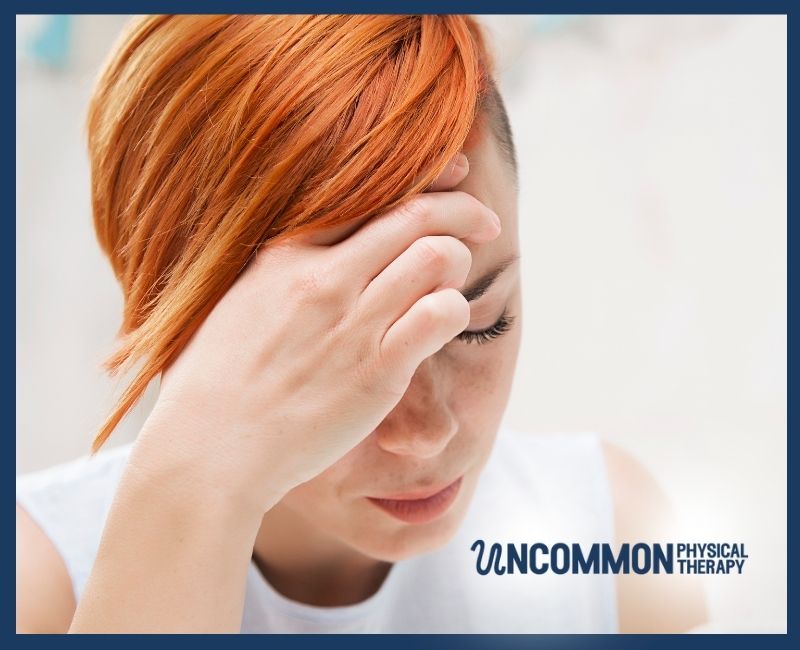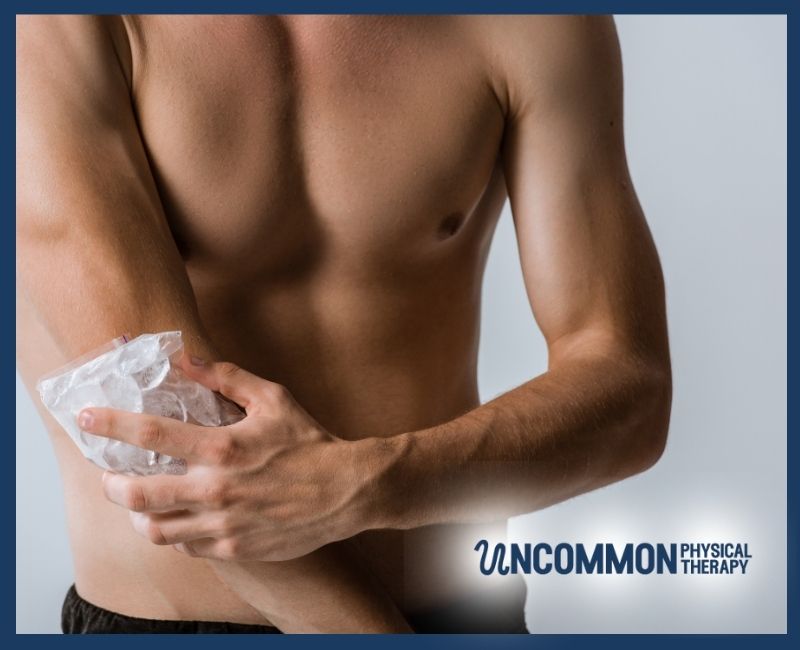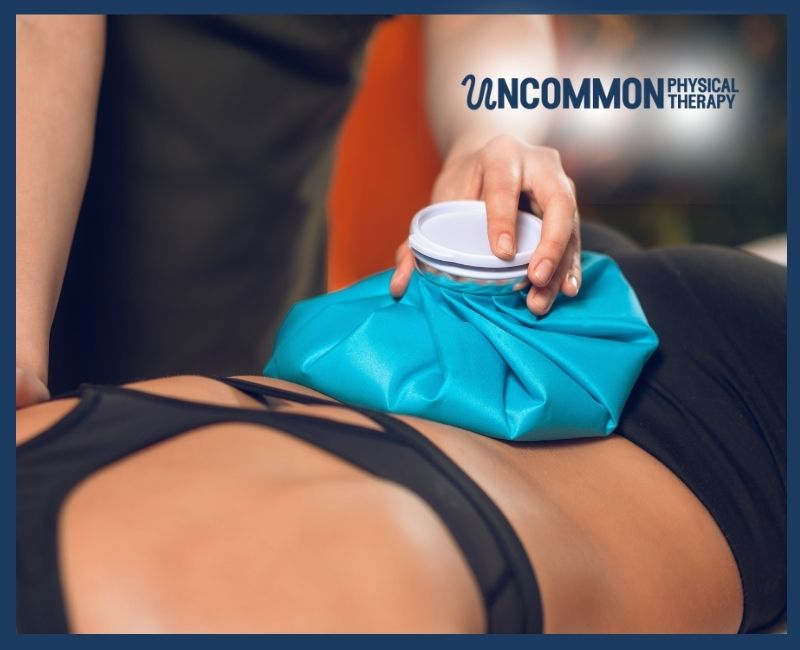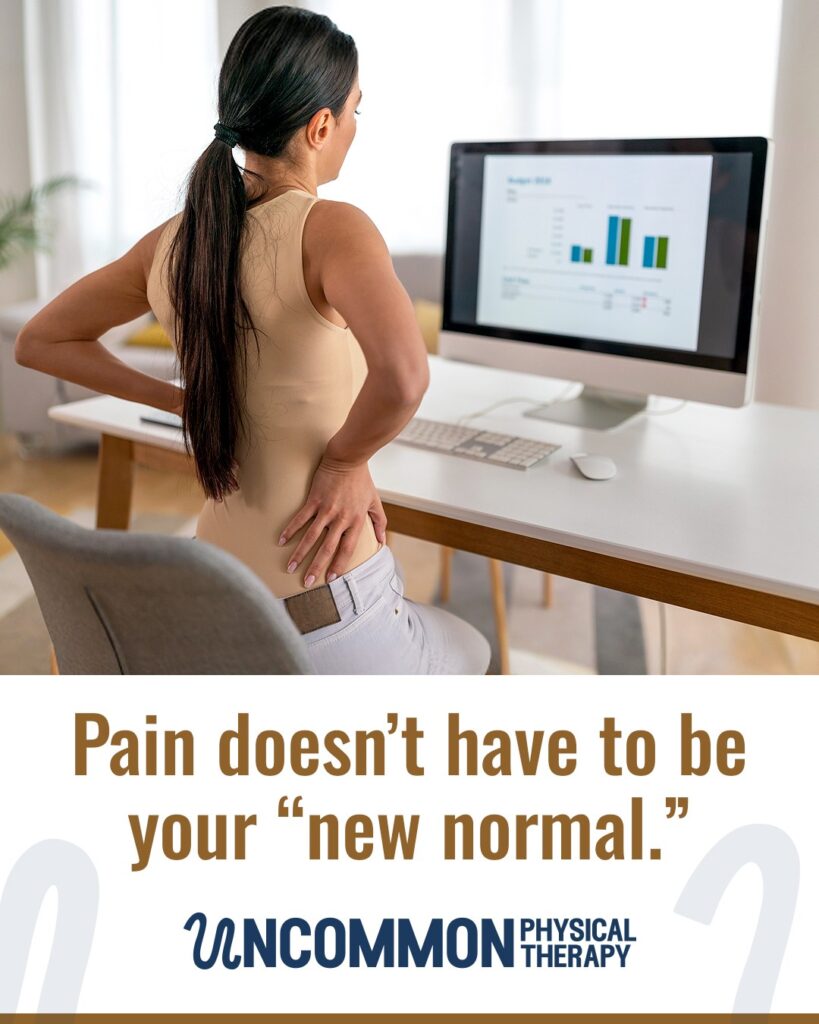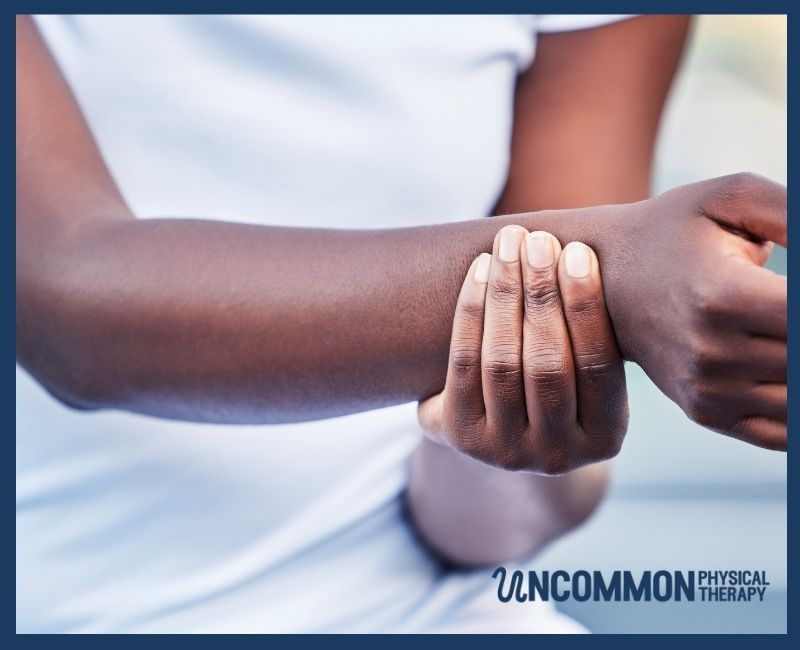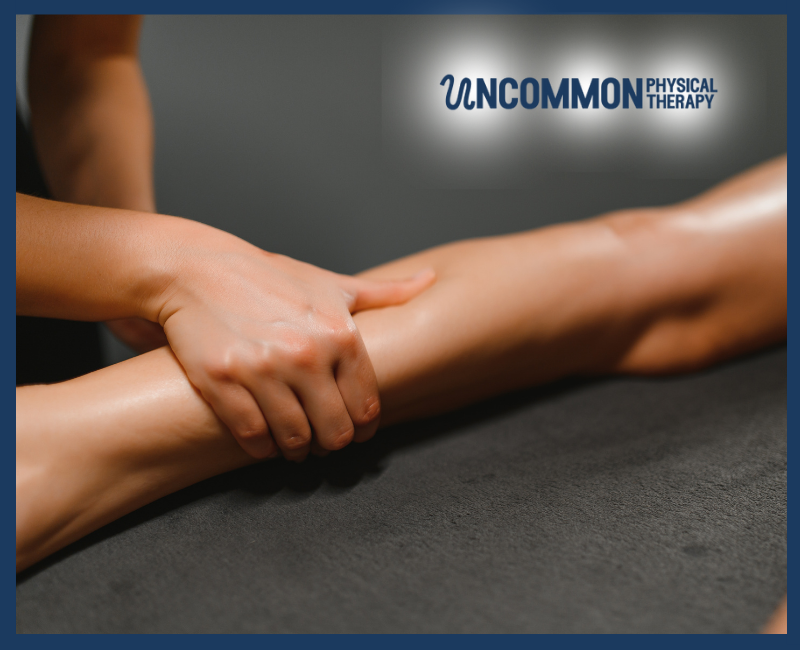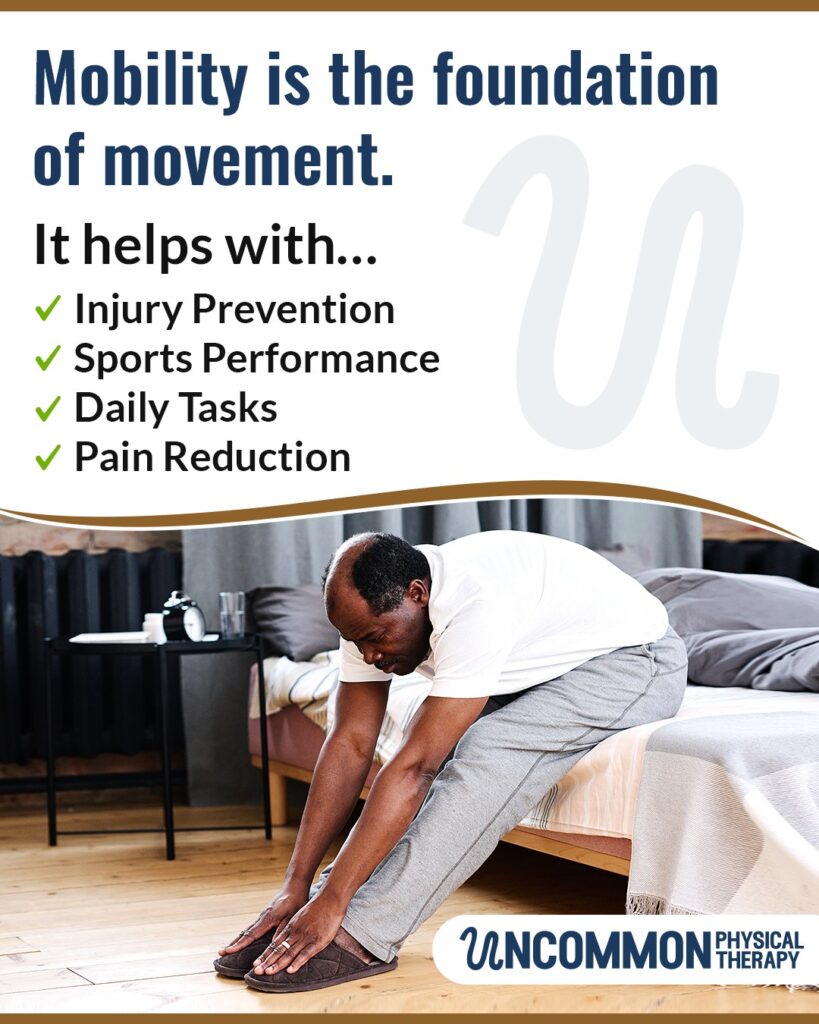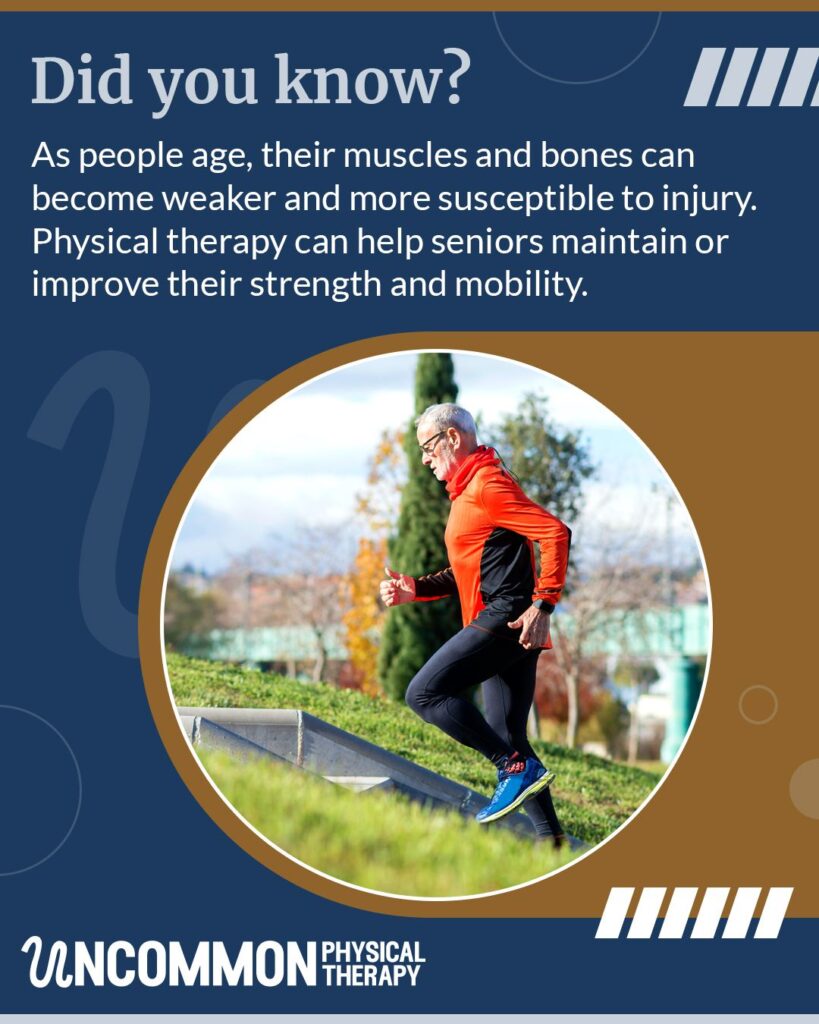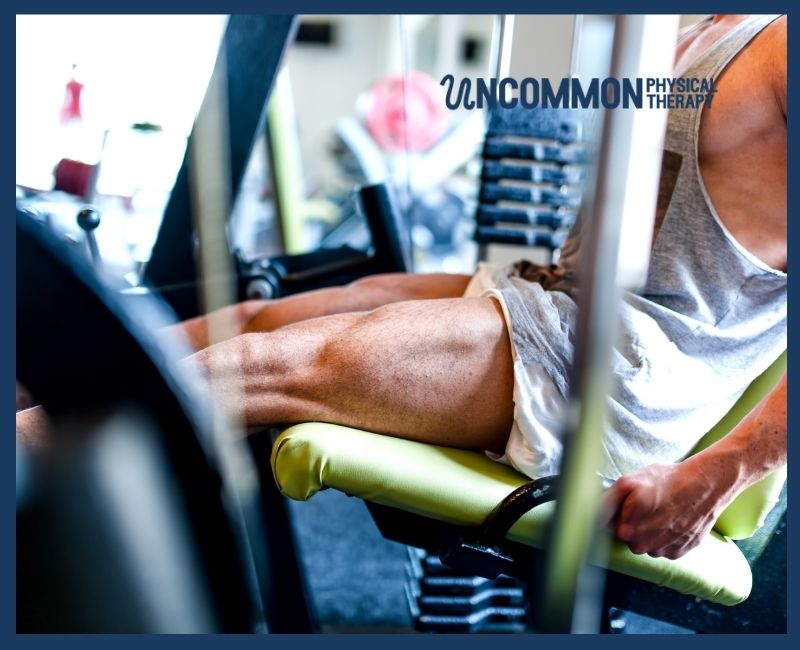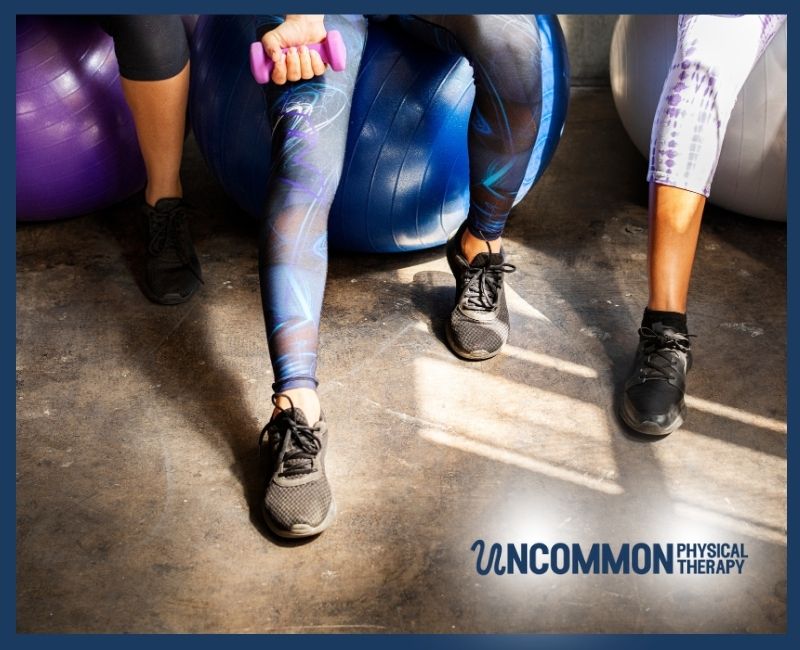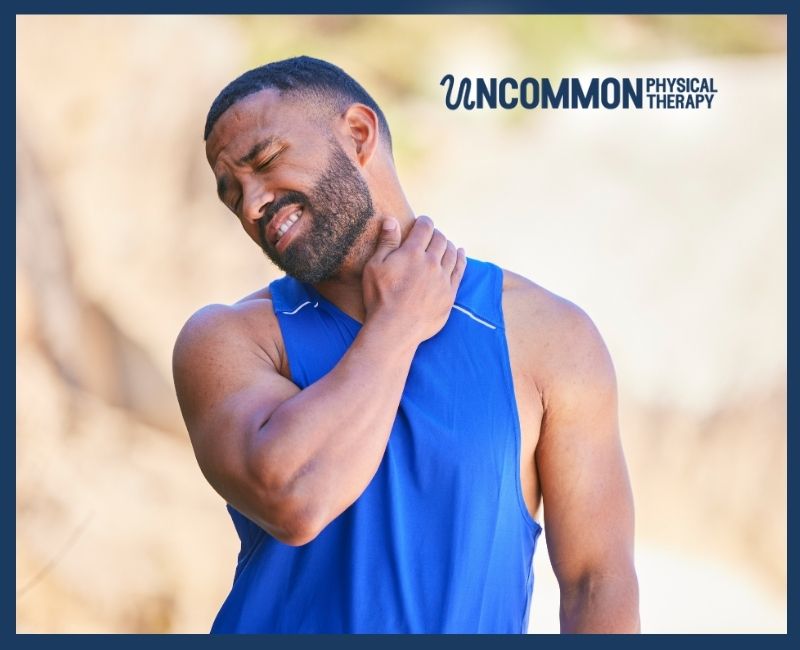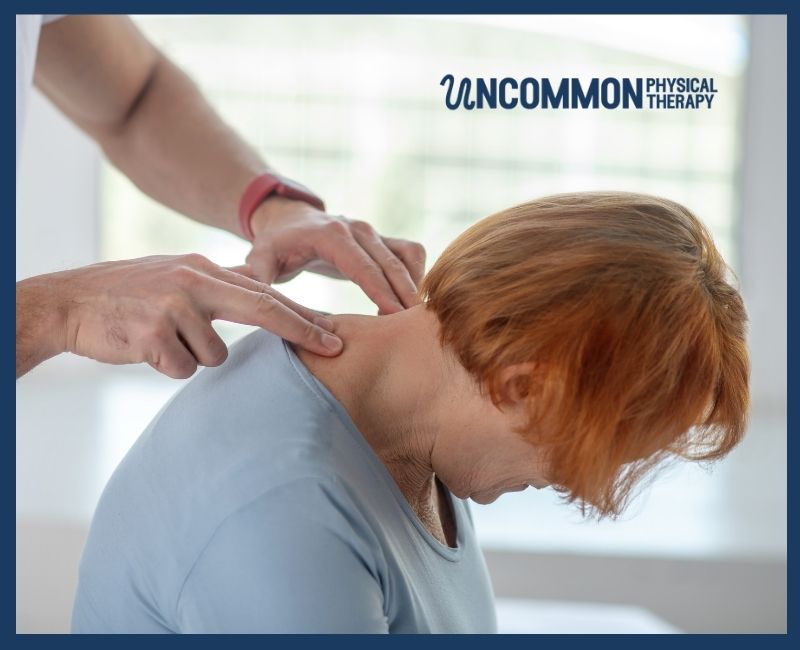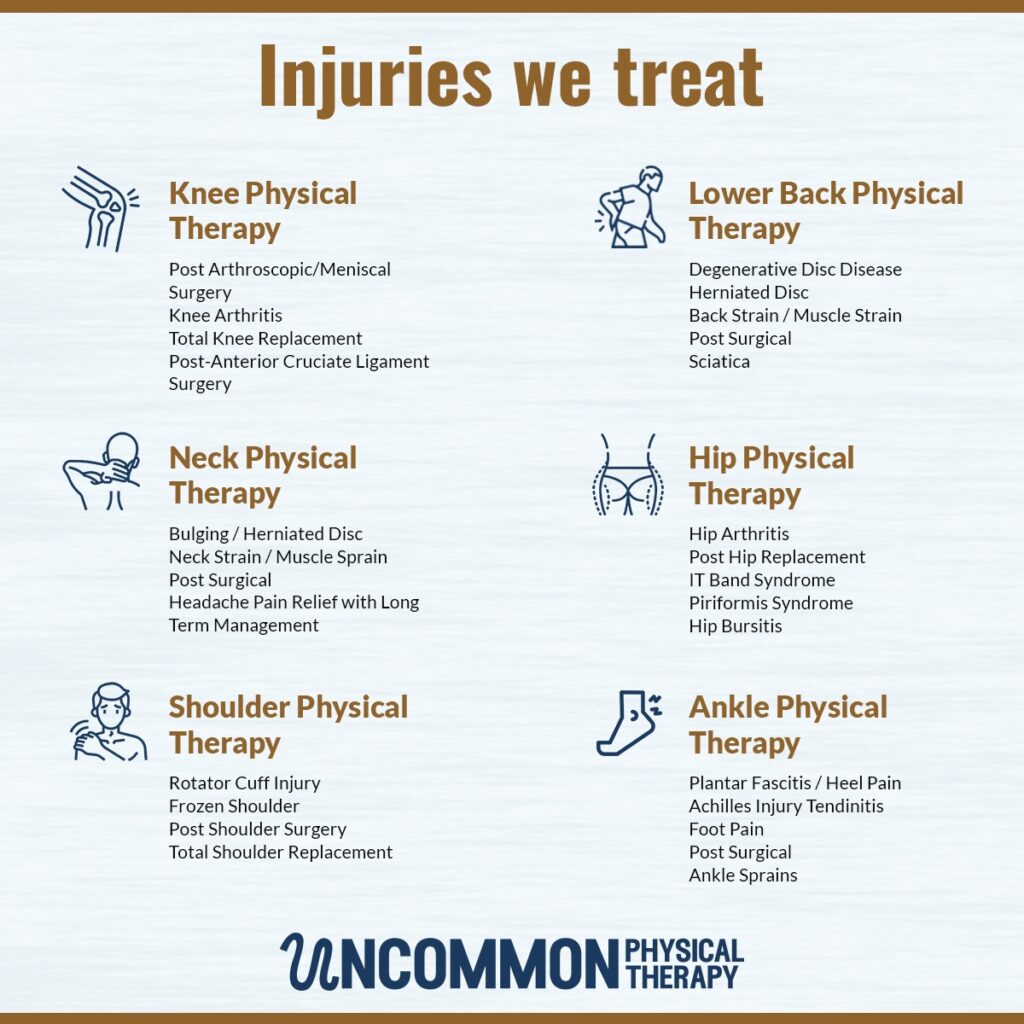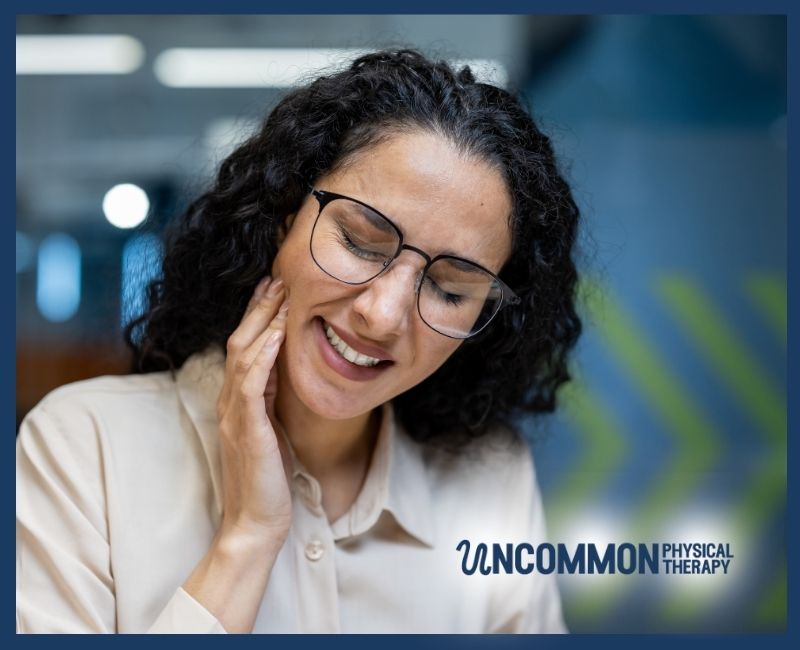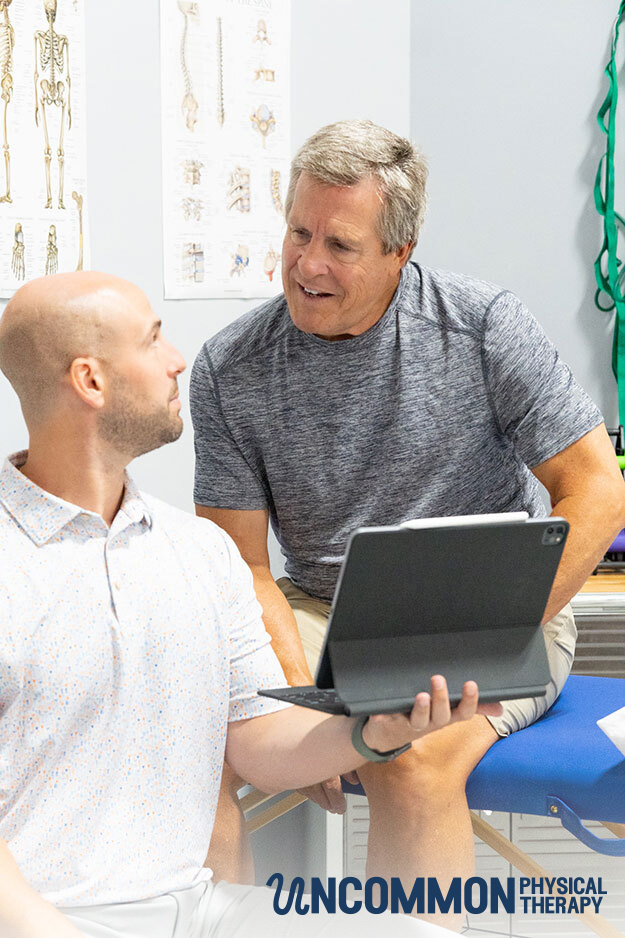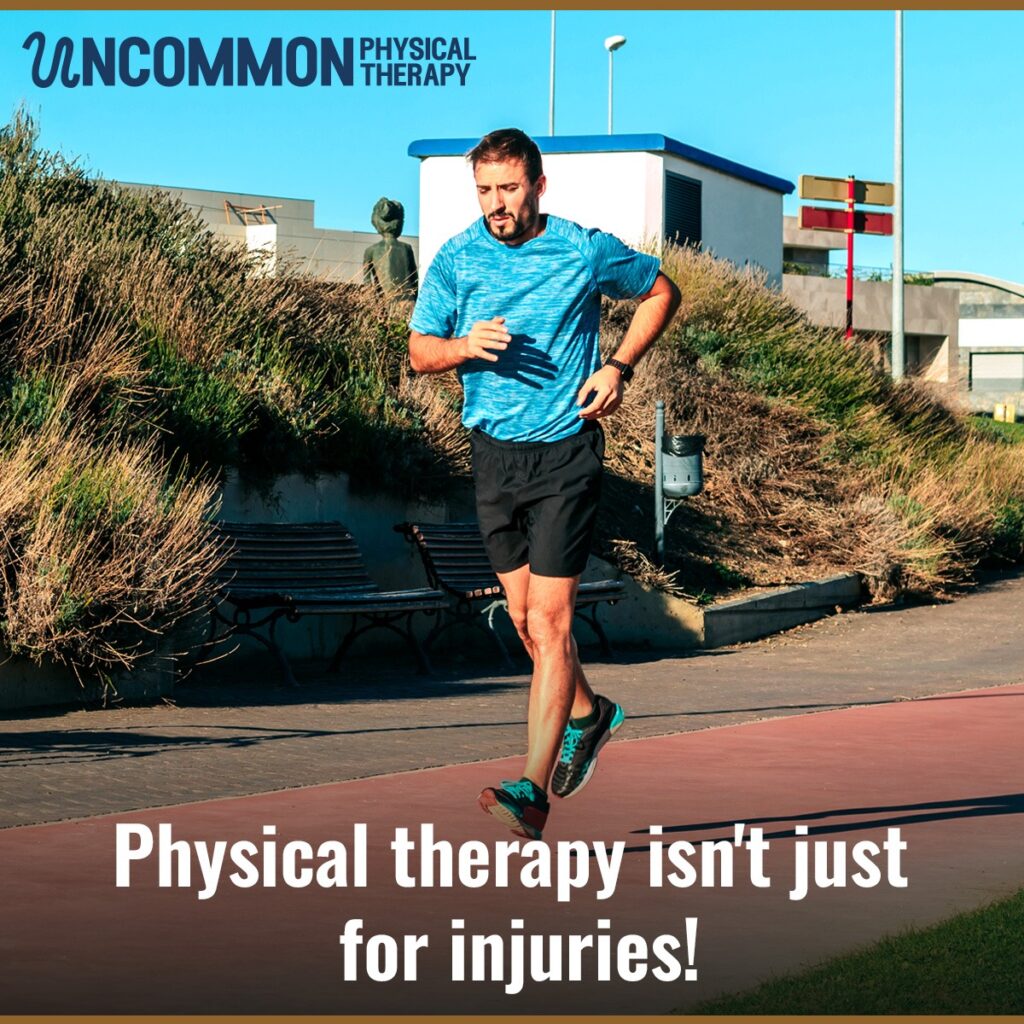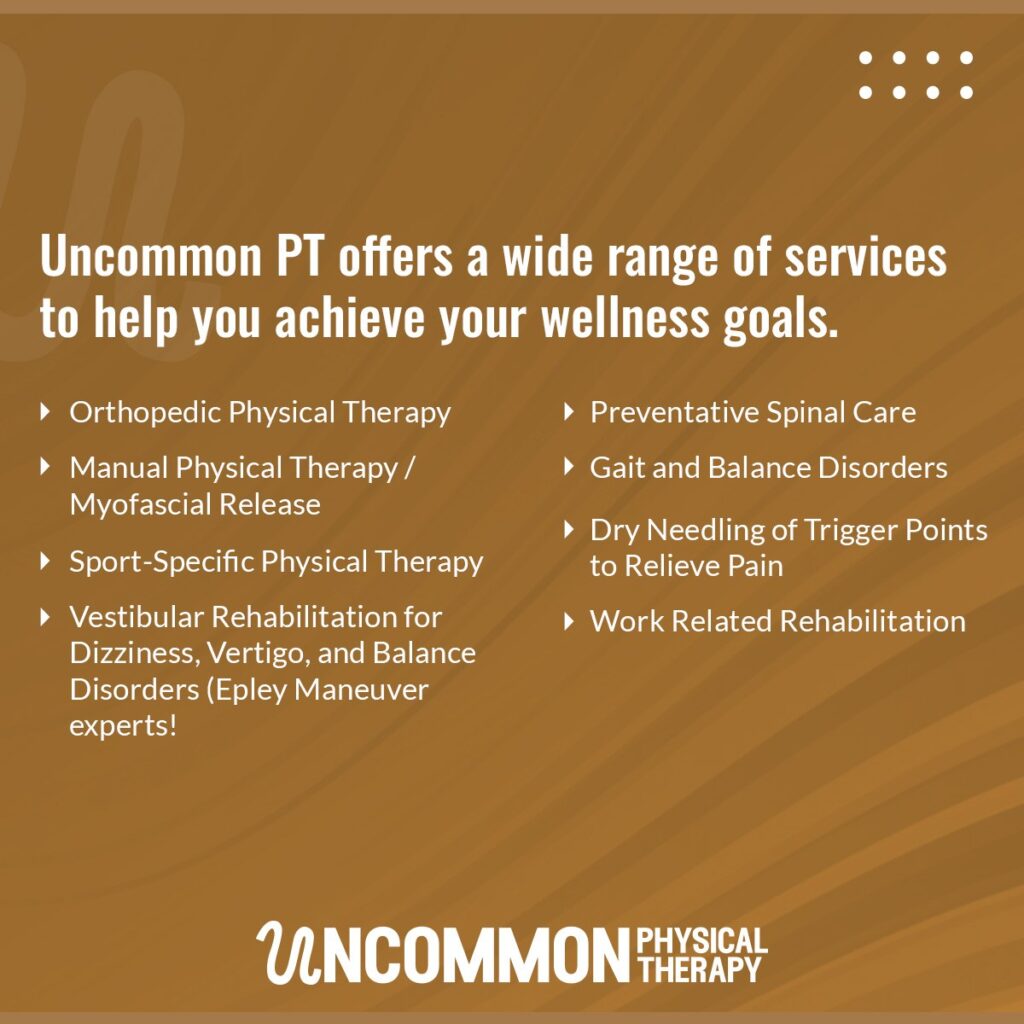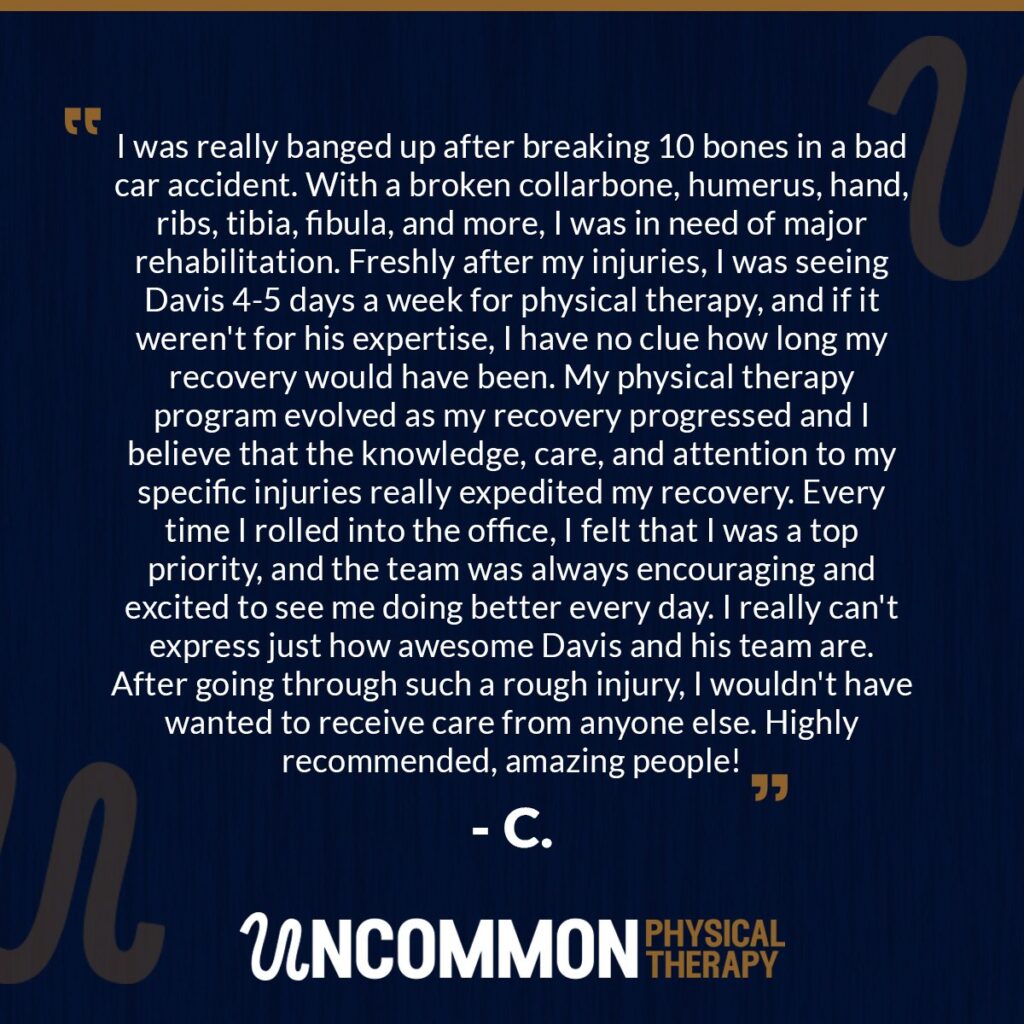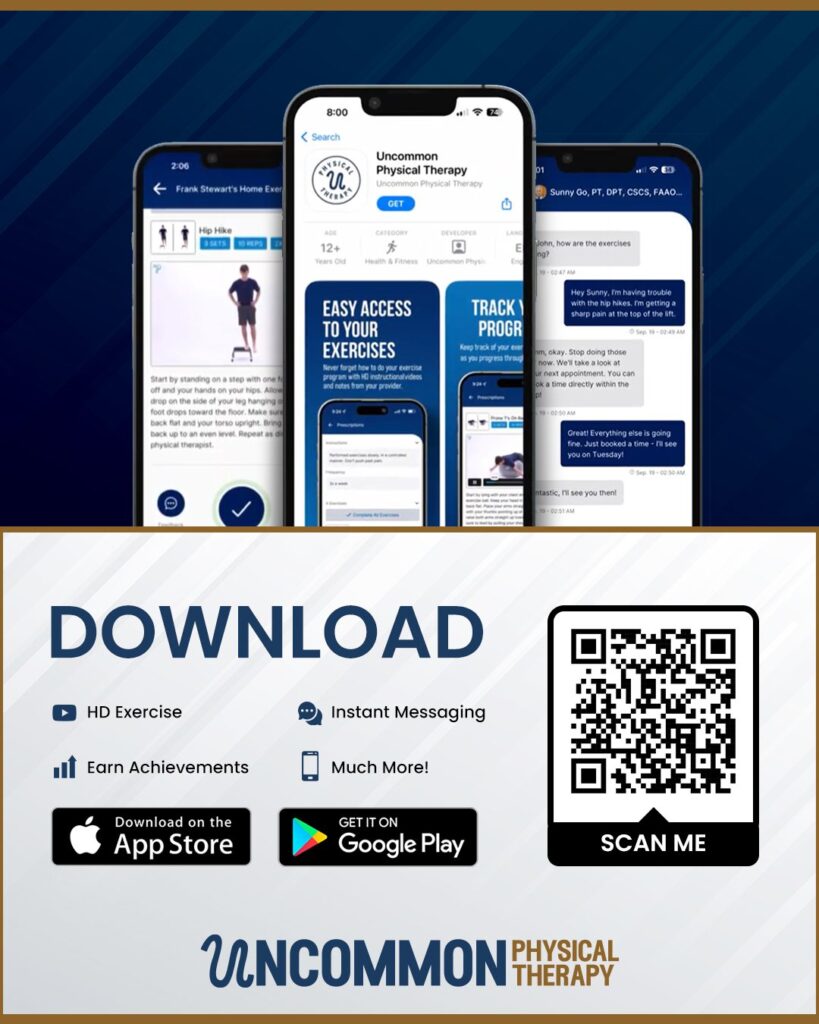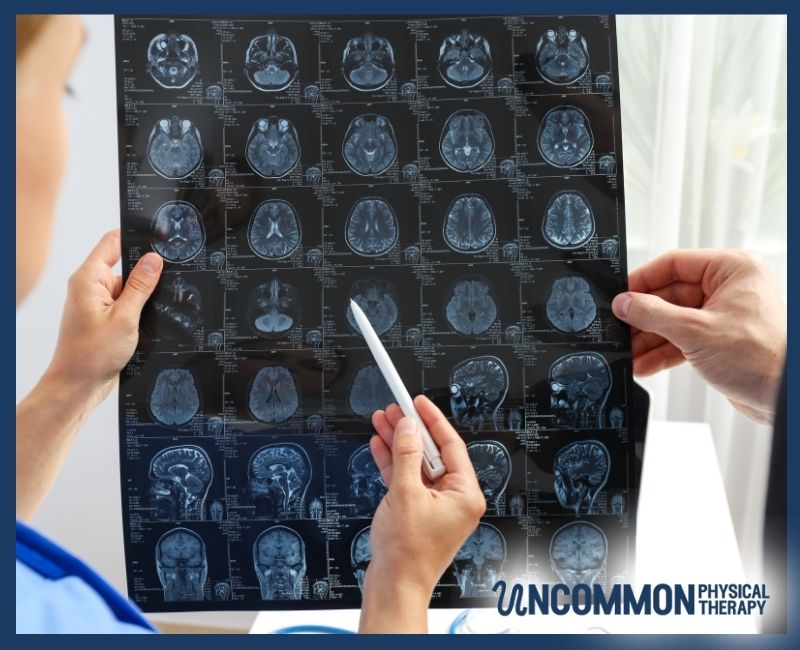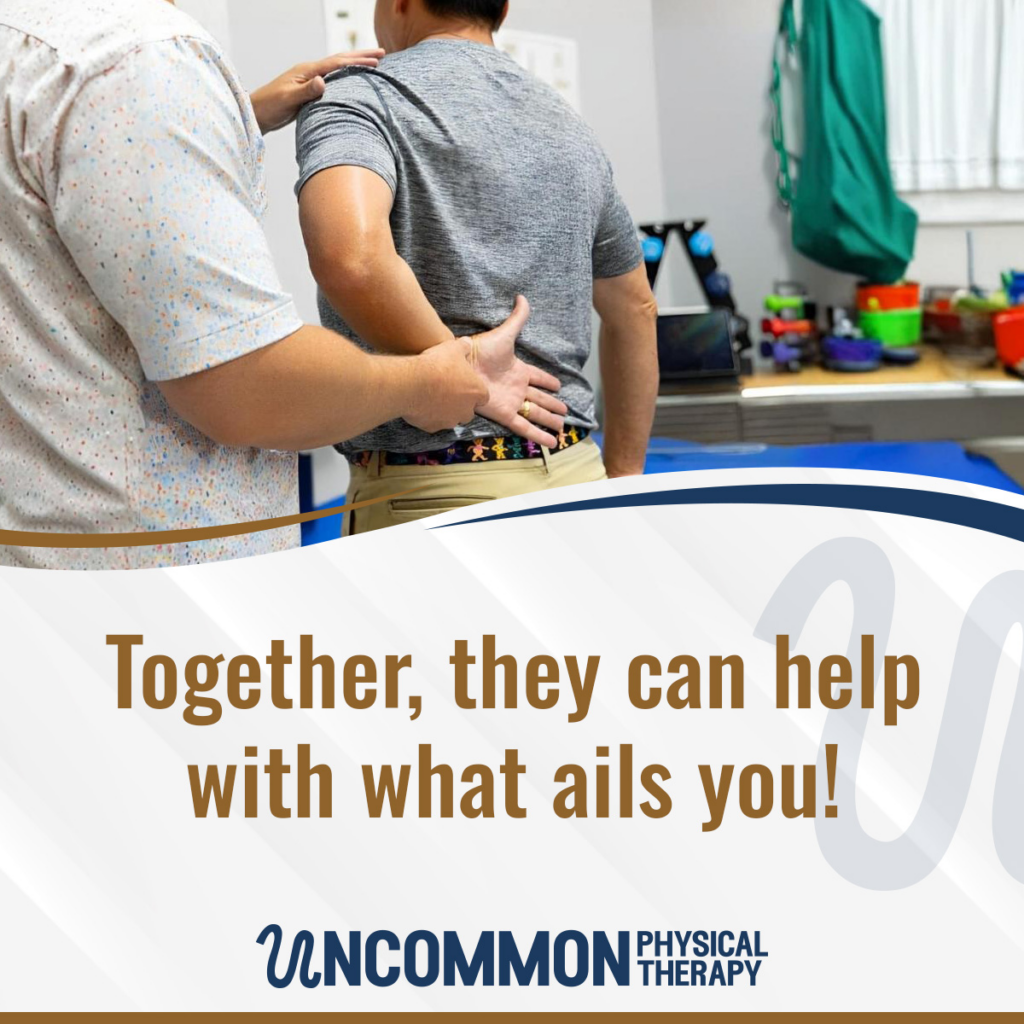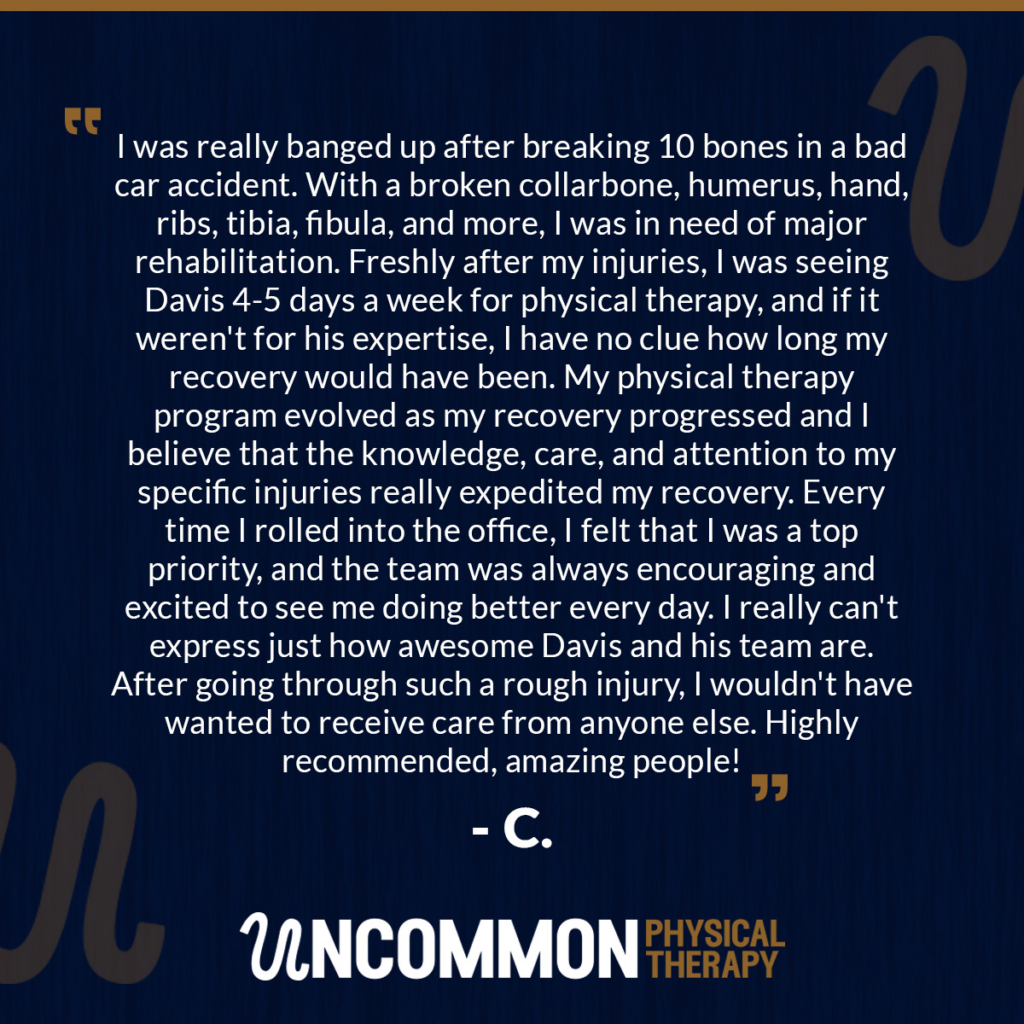Migraines are a debilitating neurological condition, and while medication is a common treatment, many sufferers overlook a powerful, non-pharmacological option: physical therapy. Often, neck and upper back tension, muscular imbalances, or poor posture act as frequent triggers for migraine pain. Physical therapy works by addressing these root physical causes, helping reduce the frequency, intensity, and duration of attacks. Through hands-on treatment, targeted exercises, and posture correction, PT provides long-term strategies that can make a meaningful difference for those struggling with migraines. Read more here.
At Uncommon Physical Therapy, we specialize in creating individualized treatment plans that go beyond simply managing symptoms. Our team takes the time to understand your unique triggers, whether they stem from muscle tension, postural issues, or lifestyle factors. With a whole-body approach, we empower patients to not only experience relief but also reclaim the energy and confidence to live migraine-free. Our clinic in Charlotte offers a supportive environment where patients can find real, lasting solutions.
How Does Physical Therapy Affect Migraine?
Migraine disorder affects your central nervous system, which includes your brain and spinal cord. It also affects your peripheral nerves and your blood vessels. This all causes the neurological symptoms and pain common to migraine. Experts refer to conditions like this as centrally mediated pain disorders.
Migraine drugs go to your central nervous system to treat pain. But, unlike these medications, physical therapy focuses on treating the muscles and joints outside your brain and spinal cord.
Physical therapy techniques can help temporarily lessen your pain during a migraine attack. These techniques are especially helpful if you use them during the beginning of a migraine. They include:
Massage. Your physical therapist can teach your family members or other loved ones how to perform certain massages to ease your migraine symptoms.
Manual cervical traction. This non-invasive procedure can ease neck pain from your migraines. It can help separate the bones, joints, and disks in your neck. Cervical traction can help relieve tension from your nerves and stretch your neck muscles.
Self-help methods. Your physical therapist can teach you how to use ice and heat to ease your symptoms. They can also give you self-relaxation tips to lessen pain during a migraine.
Stretching. Certain stretches can help you feel better during a migraine. Your physical therapist will show you movements to help with specific pain areas in your body.
In addition, your physical therapist should give you instructions for exercises to do at home. They might give you handouts or send you video links on how to perform the movements correctly. If you’re unsure about a specific exercise, ask your physical therapist for more guidance.
Benefits of Physical Therapy for Migraine
Experts don’t yet have enough information to suggest that physical therapy should be a part of all migraine treatment plans. But there are some potential benefits of physical therapy that may ease your pain. Physical therapy techniques may:
- Treat migraine-related musculoskeletal problems
- Help ease vestibular symptoms (such as vertigo, dizziness, loss of balance, and sensitivity to motion)
- Improve postural control impairment (issues related to your stability)
Risks of Physical Therapy for Migraine
Some people with this condition have exercise-triggered migraine attacks. For this reason, physical therapy may actually make certain people’s symptoms worse.
It’s important to know if physical therapy could be a trigger rather than a treatment for your migraine pain. One study found that 38% of people with migraine had worsened symptoms from physical activity. In the same study, experts found that those with exercise-triggered migraines had neck pain as a beginning symptom during regular attacks.
Does Physical Therapy Help Everyone With Migraine?
Since physical therapy for migraine addresses your muscles and joints, each person’s response to the treatment may be different. Your success with physical therapy has a lot to do with how much your muscles and joints are involved in your migraine pain.
Physical therapy as a migraine treatment might not be as effective if you:
- Rarely have migraines (they happen once a month, give or take)
- Have classic symptoms (like neurologic signs such as aura) with clear triggers
Where to Find a Physical Therapist
Not all physical therapy facilities will provide the right care for your migraine symptoms. It’s important to discuss your needs with your primary doctor first. They can help point you in the right direction.
You should also do your own research on physical therapists. As you search for an expert:
- Consider your wants and needs to ensure you find a provider that’s right for you.
- Ask questions if you’re unsure about what they specialize in.
- Ask about how much experience your provider has.
- Ensure that your physical therapist is licensed.
- Look for a location that’s suitable for you.
- Visit the facility before and make sure you like the atmosphere.
- If you want to use health insurance, ensure that the facility takes your insurance.
Once you find a physical therapist, it’s important that you communicate your needs to them. Remember that you and your therapist are partners in your physical care. To get the best results, it’s crucial that you speak up about what works and what doesn’t.
If you don’t feel that your physical therapist meets your needs, it’s OK to have a discussion with them or switch providers. Your well-being is the most important thing when exploring options in your migraine care.
👉 Don’t let migraines control your life any longer. Discover the power of physical therapy to reduce the frequency and severity of your attacks with a targeted, non-pharmacological approach. Schedule your appointment today in Charlotte at (704) 803-8038 and follow us on Instagram @uncommonphysicaltherapy for more inspiration and tips.
Reference: [https://www.webmd.com/migraines-headaches/physical-therapy-for-migraine]


